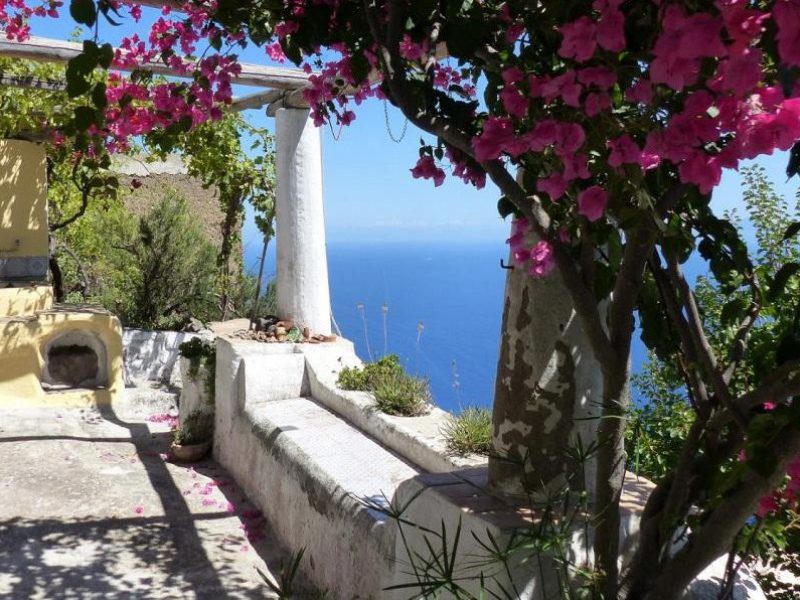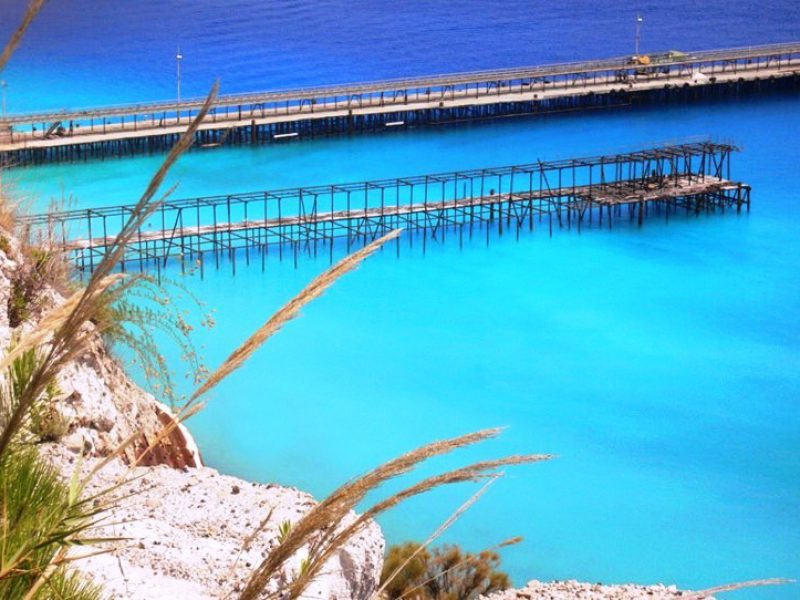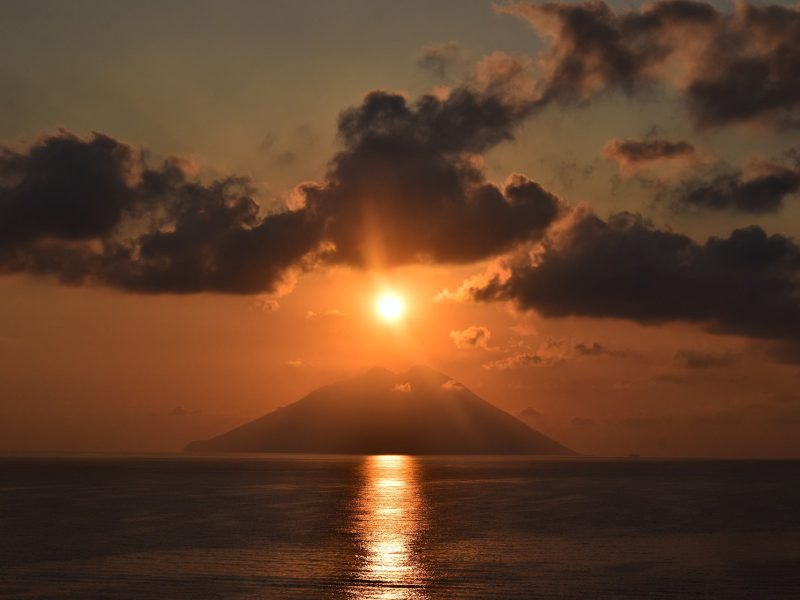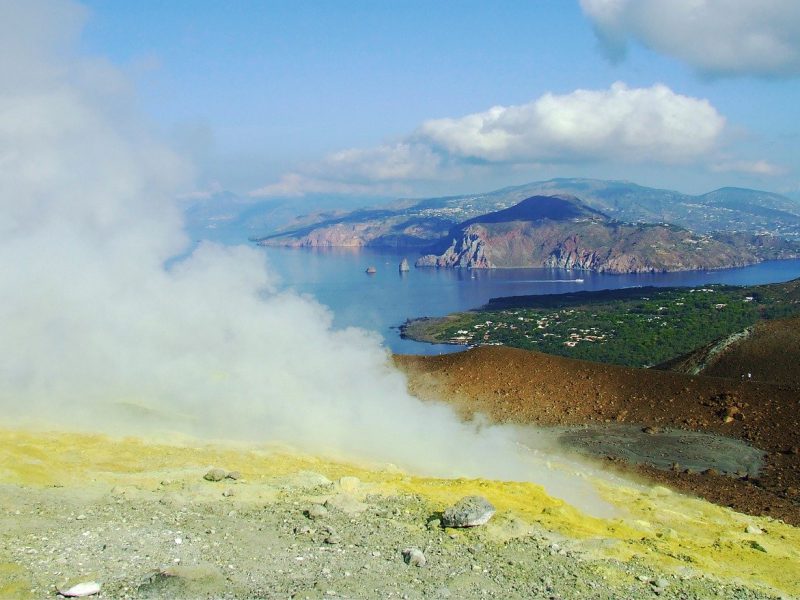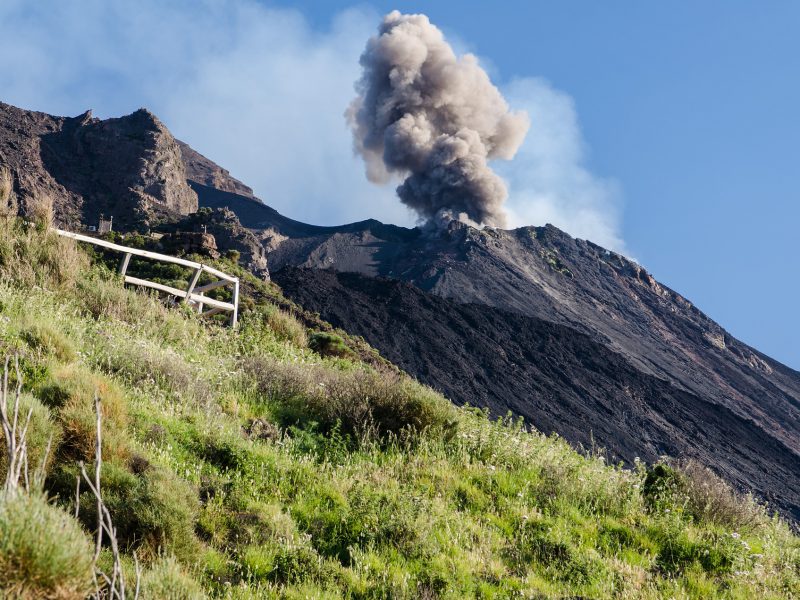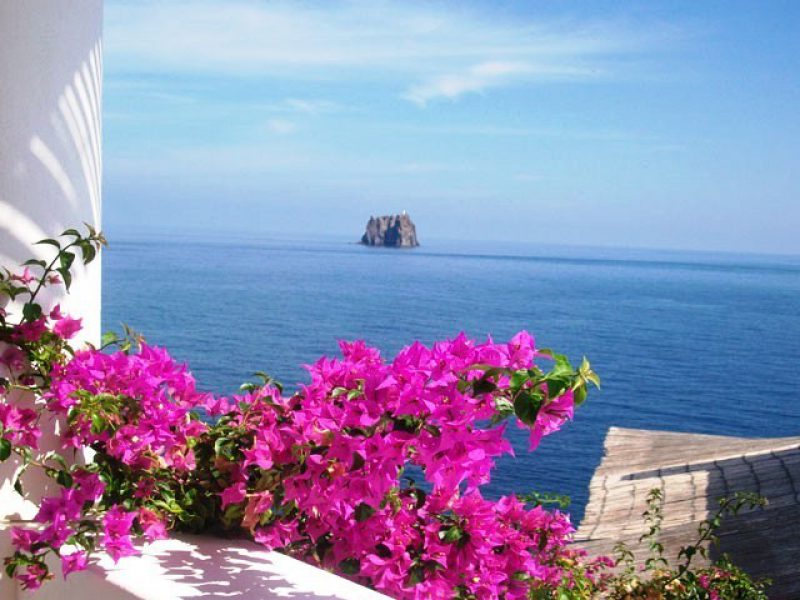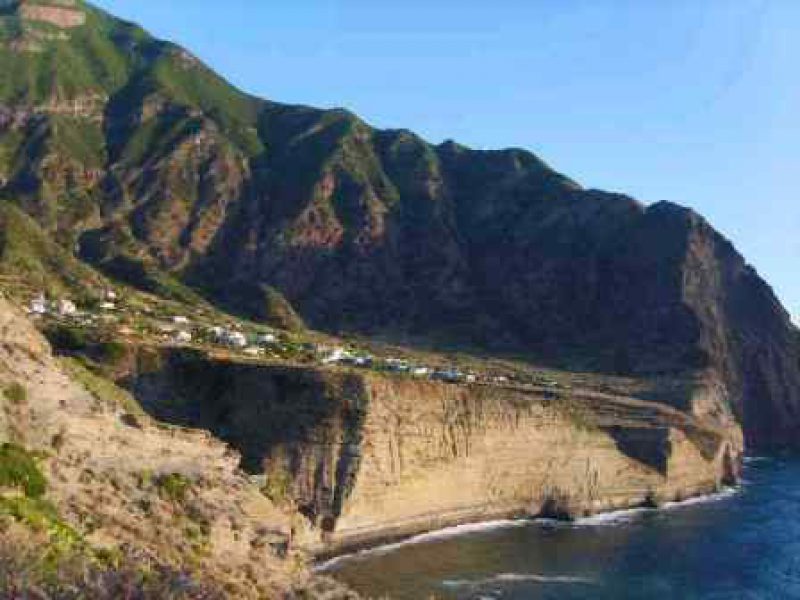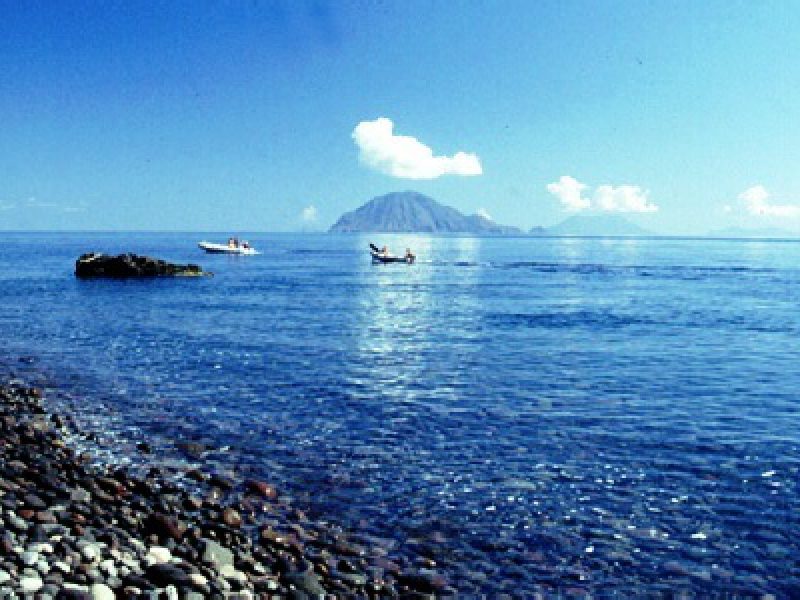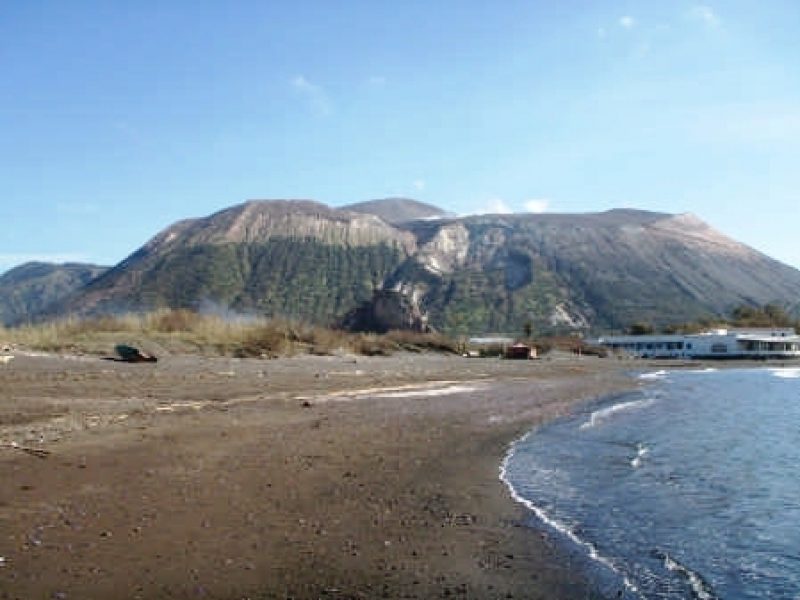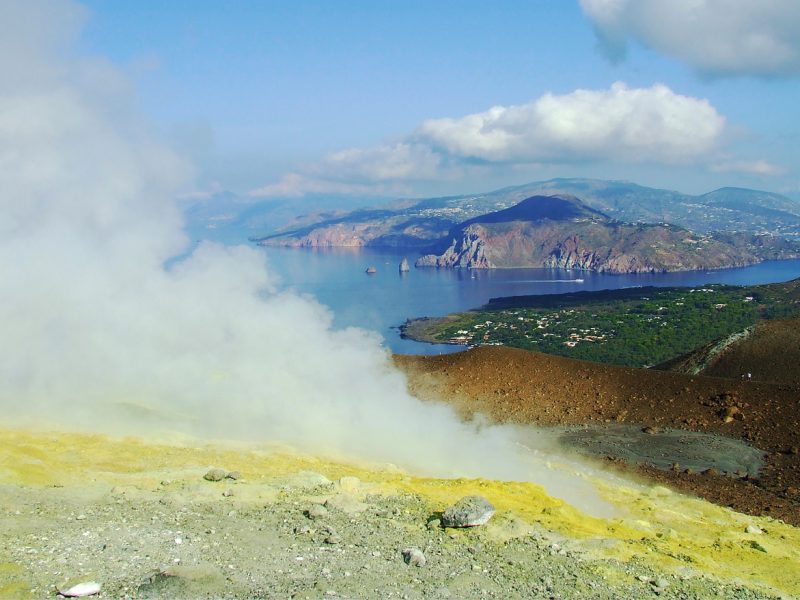Island of Lipari
Lipari is the ancient Meligunis from the Greek “melos” which means honey. It is the largest island of the archipelago, known for obsidian and pumice. Due to the importance of the island, the entire archipelago is often called the Lipari Islands, although the ancient name (Aeolian Islands) remains the most used.
The pulsating center of Lipari is between the bays of Marina Lunga and that of Marina Corta. In the middle, there is the with the historic center that extends along with the main street Vittorio Emanuele and at the top, the Castle built from a natural fortress.
It is an island with evidence from various eras and civilizations as visible from the Bronze Age huts, the Cathedral of San Bartolomeo, the Aeolian Museum and the Norman Cloister.
From the hamlet of Quattropani, you can admire a fantastic view of the sea. The Belvedere di Quattrocchi, about four kilometers from the center, offers a breathtaking view of one of the most beautiful views of the Aeolian Islands. In fact, from Quattrocchi there is a wonderful view of the island of Vulcano with the fumaroles of the crater. In the Canneto area, there is one of the most beautiful beaches on the island.
In the Pianoconte area, there are the Terme di San Calogero. These are thermal baths from the Greek and Roman period. In Acquacalda, on the other hand, there is the famous white mountain of pumice. These are pumice and obsidian quarries which are absolutely a unique phenomenon in Europe.
The White Beach is the most beautiful of the beaches of Lipari with a seabed rich in pumice sediments that make the sea turquoise.

